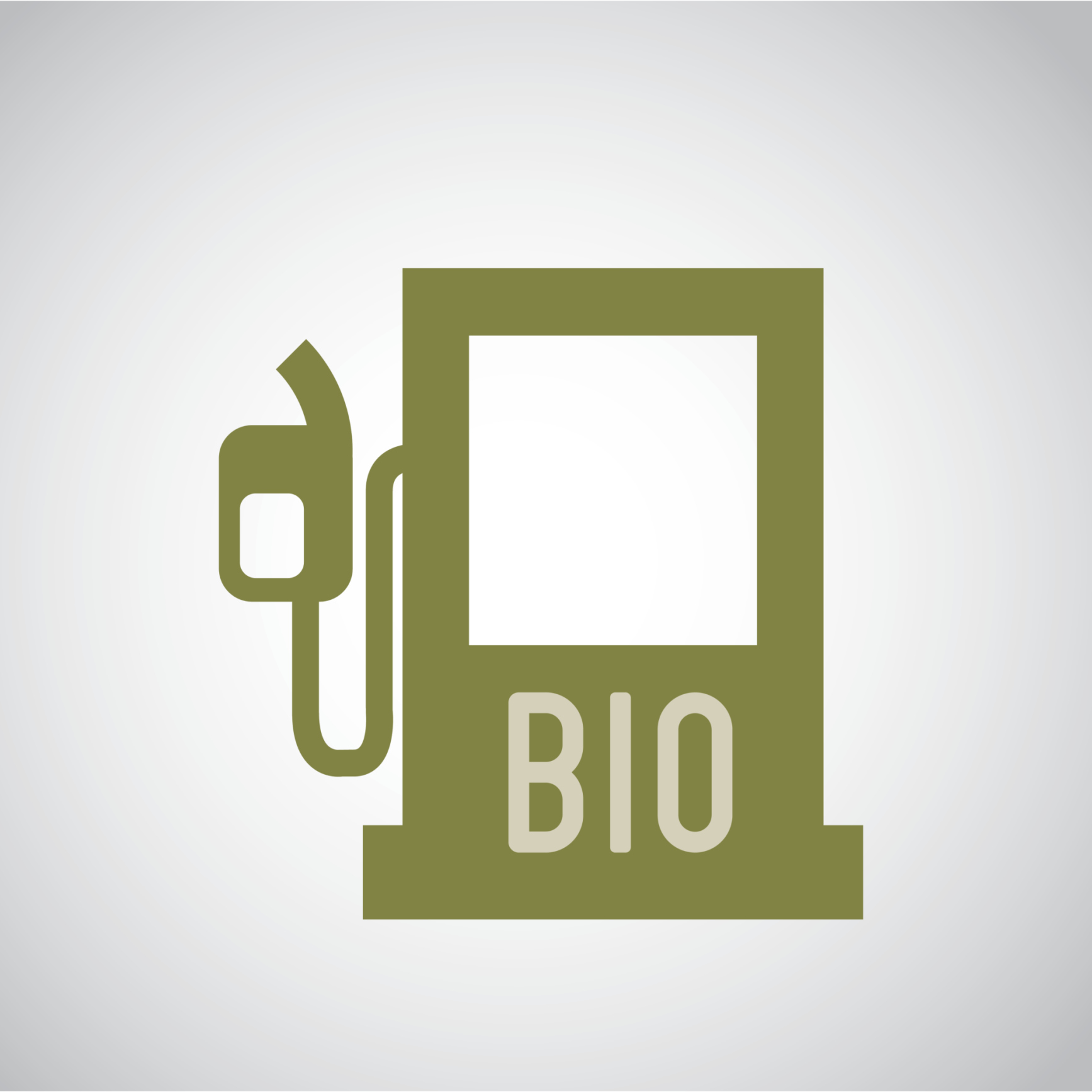
The U.S. Environmental Protection Agency (EPA) on Wednesday released its proposed renewable fuels requirements for 2017. As always, renewable fuels producers don’t like it and fossil fuels producers don’t like it either.
The EPA’s proposal would require renewable fuel volume of 18.80 billion gallons in 2017, up from 18.11 billion gallons in 2016 and 16.93 billion in 2014. That amounts to 10.44% of the estimated fuel volume for (fossil fuel plus renewables) in 2017. Ethanol volume would total about 12.5 billion gallons, with advanced biofuel volumes proposed at 4 billion gallons and biomass-based diesel volumes set at 2 billion gallons. Cellulosic biofuel volumes are set at 312 million gallons.
The Renewable Fuels Association (RFA) reacted quickly to the proposal. Association president and CEO Bob Dinneen said:
For months, EPA has been saying it plans to put the program ‘back on track.’ Today’s proposal fails to do that. The agency continues to cater to the oil industry by relying upon an illegal interpretation of its waiver authority and concern over a blend wall that the oil industry itself is creating. As a consequence, consumers are being denied higher octane, lower cost renewable fuels. Investments in new technology and advanced biofuels will continue to languish and greenhouse gas emissions from automobiles will be unnecessarily higher.
The American Petroleum Institute (API) disagrees:
EPA is pushing consumers to use high ethanol blends they don’t want and that are not compatible with most cars on the road today. The administration is potentially putting the safety of American consumers, their vehicles and our economy at risk.
The renewable fuels targets were mandated by the Energy Independence and Security Act of 2007, but the EPA has claimed it has the authority to adjust the targets, a claim disputed by the RFA and one that the API claims the EPA is using to promote a higher level of ethanol blending than is reasonable.
Comments on the proposed rule are due to EPA by July 11.
100 Million Americans Are Missing This Crucial Retirement Tool
The thought of burdening your family with a financial disaster is most Americans’ nightmare. However, recent studies show that over 100 million Americans still don’t have proper life insurance in the event they pass away.
Life insurance can bring peace of mind – ensuring your loved ones are safeguarded against unforeseen expenses and debts. With premiums often lower than expected and a variety of plans tailored to different life stages and health conditions, securing a policy is more accessible than ever.
A quick, no-obligation quote can provide valuable insight into what’s available and what might best suit your family’s needs. Life insurance is a simple step you can take today to help secure peace of mind for your loved ones tomorrow.
Click here to learn how to get a quote in just a few minutes.
Thank you for reading! Have some feedback for us?
Contact the 24/7 Wall St. editorial team.




